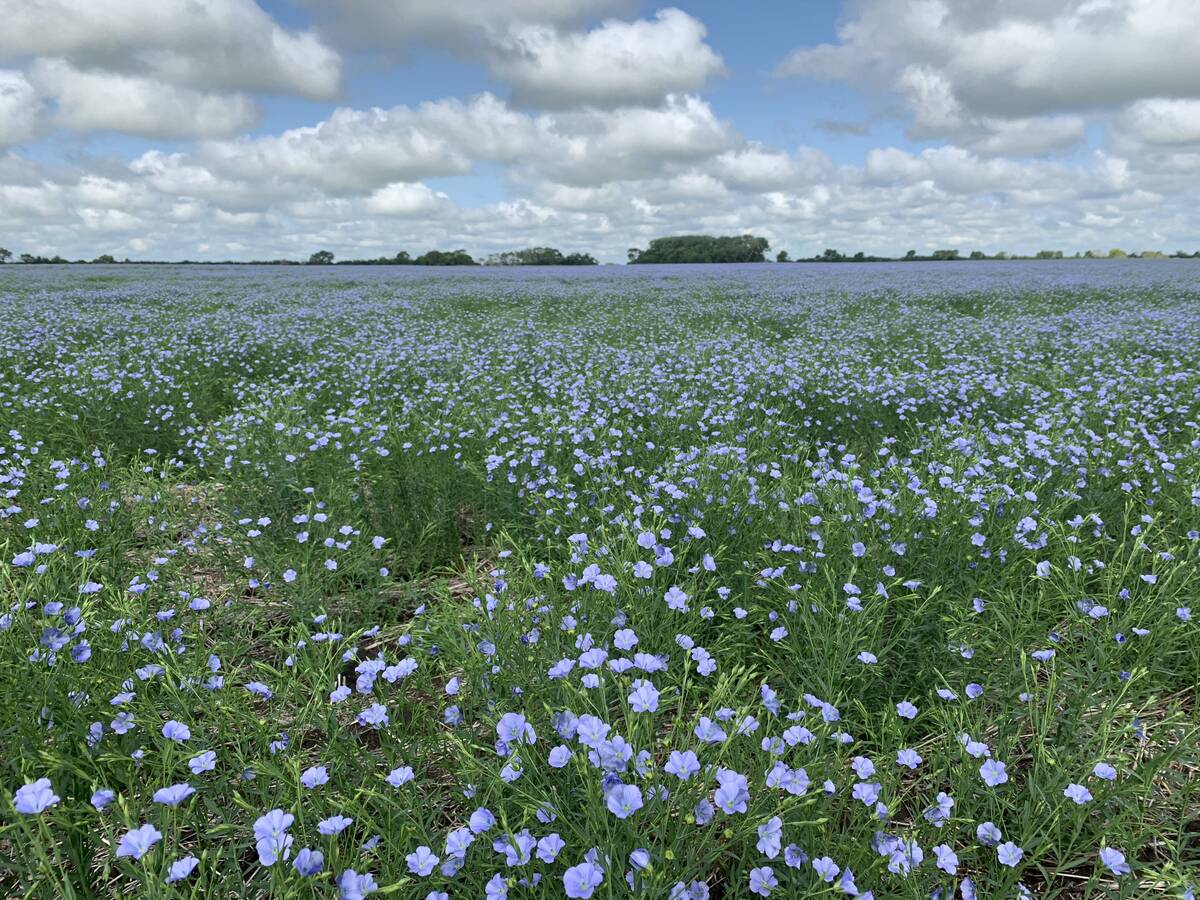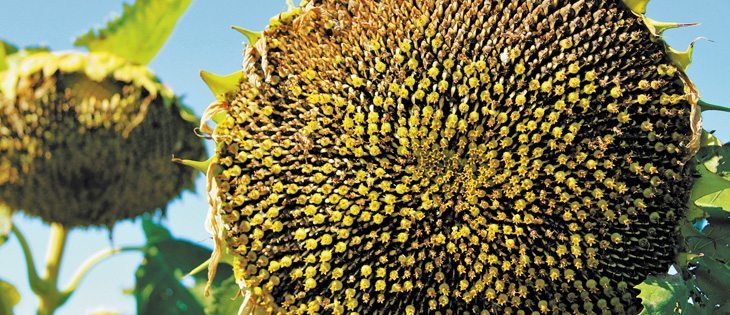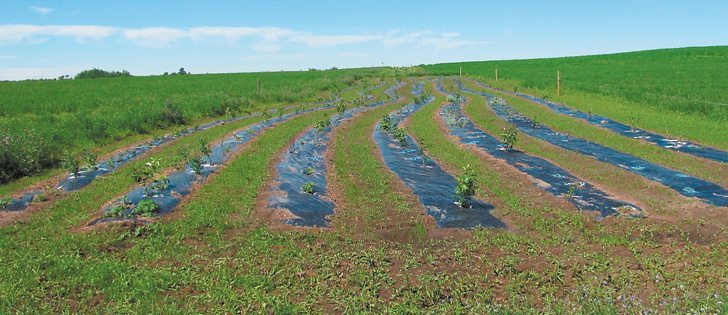India’s summer pulse crop is off to a poor start, following on the heels of a disappointing winter harvest.
Spotty rains have slowed kharif (summer) seeding progress and forced farmers to consider switching to short-season crops.
“This year, with monsoon rains playing hide and seek, it will be really a challenge to maintain the excellent performance of the last two years,” India’s agriculture minister Shri Pawar said in a July 16 press release.
The government has sent seeds of late-sown varieties to different states to compensate for a lack of early-season planting.
Read Also

Flax sector sees omega-3 opportunity
SASKATOON — A global shortage of omega-3 oils could be an opportunity for the flax sector, says an industry official….
Pawar said steps have also been taken to provide sufficient quantities of 2012 rabi (winter) pulse seeds to make up for the expected losses in kharif season pulses.
India was counting on a big kharif crop to compensate for a poor 2011 rabi season harvest.
“It would have allowed things to calm down and they wouldn’t need to be in the market so much,” said Brian Clancey, editor of Stat Publishing.
But that doesn’t appear to be in the cards. He is forecasting 5.9 million tonnes of 2012 kharif production, down from 6.4 million tonnes in 2011 and 7.1 million tonnes in 2010.
“Last year was short and this year looks like it’s not even going to come up to last year, so we’re looking at a small kharif season crop,” he said.
That bodes well for Canadian farmers who planted green lentils and yellow peas.
“I think we could see pretty good demand, so I feel positive,” said Clancey.
Rainfall from June 1 to July 18 has been 22 percent below normal across the country, according to India’s meteorological department.
Drew Lerner, president of World Weather Inc., said monsoon rains were “lackluster” through June and early July but picked up around mid-July, helping advance the pace of seeding.
Growers had planted 9.93 million acres of summer pulses as of July 20, which is 17 percent behind normal. That is far better than it was a week earlier when seeding was 41 percent behind the long-term average.
Lerner said the outlook for the remainder of the monsoon season, which runs through the end of September, is not good.
A developing El Nino weather system, cool ocean temperatures in the Bay of Bengal and the Arabian Sea and the negative phase of the Indian dipole oscillation are combining to create a grim forecast.
“There is a lot of reason here to be expecting rainfall to be lighter than usual,” said Lerner.
“There is reason to be concerned about production from India.”
Clancey said India is already importing a lot of chickpeas and red lentils from Australia and other exporters. They would be buying Canadian yellow peas but there are none to be had.
“There is good demand there, which is the result of the shorter rabi crop,” he said.
There will be a temporary lull in purchasing as the kharif crop comes off but demand should come back strong. India has a huge rural population and when they have money they eat. Clancey said things are setting up nicely for demand because crop prices are high, which means farm incomes will be high.















